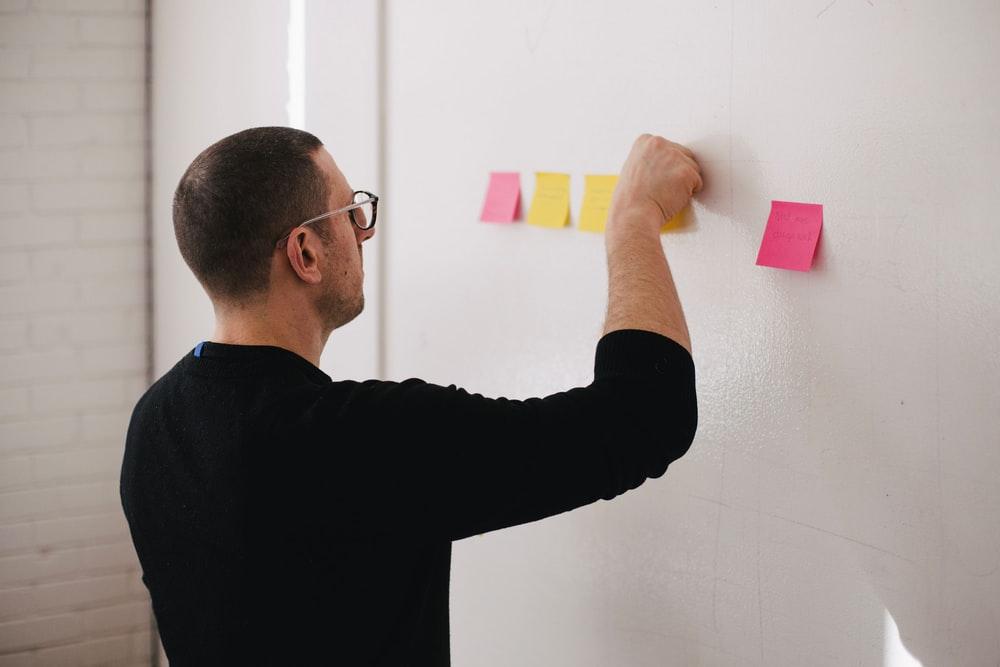
We used to say that nothing ever lasts forever. In today’s world, it feels like nothing stays the same for more two minutes. Living in a digital world accelerates change. And we’re expected to keep up. For businesses to survive, we have to keep up.
Fast-moving environments and market conditions are a constant challenge for organisations. So it’s no surprise that digital transformation is a focus across all industries. We know it’s the only way to have the speed, agility and responsiveness needed to stay competitive. To survive.
The good news is we’re spoilt by the tech solutions available. Machine learning. AI. Block chain. The list goes on. And there’s plenty of people ready and willing to tell us what we need – they’re doing it… you should be too… you’ll get left behind if you don’t! You get the picture.
But here’s the thing. The solution to digital transformation doesn’t actually lie in technology. It lies in people. Human insight. Ideas. Needs. Instinct for opportunity.
Digital transformation doesn’t start or end with technology. Tech is just an enabler – the middle man. It ends with your customers. But it all starts with you and your people. And here’s why…
Your people are best placed to imagine your future

Those people, the ones who can tell you all about the new tech you so badly need – they don’t know your business. They don’t know your customers. They haven’t lived it like you and your people have.
Before you look at the tech, you have to get to the bottom of what you really need. Which means it’s time to gather your people and hack it out together. Enter, the hackathon.
Running a series of hackathons (co-creation events) stops you from assuming the challenges and opportunities within digital transformation – or letting vendors tell you what they are.
Instead, you bring employees together – suppliers and customers too if you can – for an session to imagine what the future could and should look like. You can harness their perspectives and quickly identify their vision for what they want to deliver to the customer.
Here are 30 questions you can use to kick start a dialogue with your teams and uncover what they see their role as in the overall experience or value proposition.
30 questions to kick-start co-creating the vision for your Digital Transformation
Establishing the “as-is” state
- Who is the customer: what do they value, what outcomes are they buying from us, what do they expect from us and what frustrates them about us?
- What assumptions do we make about what’s important to customers vs. what do we know is fact?
- What does the customer journey look like today?
- Which parts does the customer consider to be “the basics”?
- Which parts does the customer consider to be “added value”?
- Where are we delivering above and below expectation?
- Where do problems occur? Any patterns?
- Where do they feel they have to invest too much time / resource / money to get the outcome they want?
- Which part of the journey is most enjoyable for our people?
- Which part creates the most negativity / frustration for our people?
- What’s holding our people back from delivering what the customer needs?
- Where is our process helping us and where is it hindering us?
- If the customer could wave a magic wand and remove a task they have to complete, what would they get rid of?
- If our people could remove a task, what would it be?
- If our suppliers could remove a task they currently perform to do business with us, what would it be?
- If you were a competitor with bigger resources who wanted to put us out of business, what would you do?
Imagining the “to-be” state
- What do customers really want?
- If we could be the best in the world at serving just one customer need, what would it be?
- What principles should underpin how we deliver our services to support this?
- What could we remove from our service offering in light of this?
- What businesses could we look to for inspiration who are delivering similar value to customers, outside our industry?
- If we could give our people a super power, what would it be and what would they be able to do with that super power?
- If the customer could do one thing faster, what would we want it to be?
- If the customer could do one thing with less effort, what would it be?

Exploring how to transition
- Imagine it’s 2 years from now and the project failed, why might that be?
- Which ideas, if implemented, would deliver the best impact in the short term?
- What technology needs has this conversation surfaced?
- Where do we need to collect data/feedback to help validate ideas?
- Who do we need to bring with us on the journey?
- What steps do we need to take in the next 7 days to keep momentum going?
In doing this you’re identifying real problems worth solving. Areas for improvement that have real commercial value and that would really accelerate the performance of the business.
And then is when you turn to the tech. Once you’ve reimagined the experience you want to deliver, you can prioritise your investment, choosing the solution that’s most valuable to your vision.
Human insight and input is what should lead any digital transformation. Not only is it valuable to your business, but it leaves your people feeling valued, too.
Digital transformation transforms people

Technology itself isn’t going to impact the way that people behave, or their desire to create value for their customers. But take a step back and start with a hackathon, where employees can get involved in the project, have their voices heard and be a part of driving that digital transformation, and they have a vested interest. They know what it’s going to look like. How it’s going to impact them. And they feel part of the solution.
It’s easy to see digital transformation as a technology project. But the truth is, it’s a people project. It’s a chance to unshackle employees, suppliers and customers and get them to reimagine the future of your business. And the tech bit? Once you know the problem you need to solve, the solution becomes the easy bit.
Interested to meet hackathon designers, workshop facilitators, or innovation consultants to help with digital transformation? Get in touch at [email protected].
